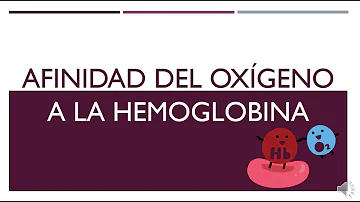¿Cómo se escribe get en negativo?
Tabla de contenidos

¿Cómo se escribe get en negativo?
Tabla de conjugación del verbo To get
| Affirmative | Negative |
|---|---|
| He/She/It would have got. | He/She/It would not have got. |
| We would have got. | We would not have got. |
| You would have got. | You would not have got. |
| They would have got. | They would not have got. |
¿Cuál es el futuro de Get?
Will-Future
| I | will be | getting |
|---|---|---|
| you | will be | getting |
| he/she/it | will be | getting |
| we | will be | getting |
| you | will be | getting |
¿Cómo se conjuga get?
Conjugación del verbo "to get"
- Present. I. get. get. gets. ...
- Present continuous. I. am getting. you. are getting. ...
- Simple past. I. got. you. got. ...
- Past continuous. I. was getting. you. ...
- Present perfect. I. have got. you. ...
- Present perfect continuous. I. have been getting. you. ...
- Past perfect. I. had got. you. ...
- Past perfect continuous. I. had been getting. you.
¿Cuál es el past participle de Get?
En inglés americano, el participio pasado de “to get” suele ser “gotten”, en vez de “got”, así que puedes utilizar cualquiera de ellos.14 nov 2019
¿Cuándo usar GET y Getting?
¿Que significa 'Get' y como se usa?
- Get = Llegar. 'Get (to..)' es la manera más sencilla de decir 'llegar'. ...
- Get = hacerse, ponerse, convertirse… Seguido por un adjectivo, 'get' tiene un significado parecido a 'become'. ...
- GET= obtener, recibir, coger, conseguir. ...
- GET + preposition = Phrasal verb.
¿Cuándo es GET y Gets?
"Gets" es una forma de "get", un verbo transitivo que se puede traducir como "conseguir". Aprende más sobre "get" a continuación. Only a fraction of students can get a place at the university. Solo una parte de los estudiantes conseguirá una plaza en la universidad.
¿Cuándo se usa el GET?
Veamos algunos de los significados más comunes de esta palabra:
- Obtener. Por ejemplo: I need to get some files. ...
- Tomar. Por ejemplo: She gets the train to work every day. ...
- Recibir. Por ejemplo: ...
- Comprar. Por ejemplo: ...
- Volverse. Por ejemplo: ...
- Llegar. Por ejemplo: ...
- Entender. Por ejemplo: ...
- Hacer que algo suceda. Por ejemplo:
¿Cómo pasar Get Up A presente simple?
1:123:17Sugerencia de vídeo · 50 segundosCLASE DE INGLÉS 39 Simple Present get up and check e-mailYouTube
¿Cómo se usa el verbo get?
Veamos algunos de los significados más comunes de esta palabra:
- Obtener. Por ejemplo: I need to get some files. ...
- Tomar. Por ejemplo: She gets the train to work every day. ...
- Recibir. Por ejemplo: ...
- Comprar. Por ejemplo: ...
- Volverse. Por ejemplo: ...
- Llegar. Por ejemplo: ...
- Entender. Por ejemplo: ...
- Hacer que algo suceda.
¿Cómo y cuándo se usa el past participle?
Siempre se usa con un verbo auxiliar. El pasado participio de los verbos regulares en inglés se forma igual que el pasado del inglés agregando “ed” o “d” al final del verbo. Los verbos que terminan con consonante antes de la "y", se cambia la letra "y" por "i", y se agrega la terminación "ed".7 mar 2020















